10 Incredible Reasons Why the Best Time to Visit Uganda Is Right Now
If you’ve ever wondered about the best time to visit Uganda, you’re not alone. Known as the Pearl of Africa, Uganda is a land of dramatic landscapes, warm smiles, and once-in-a-lifetime wildlife experiences. From tracking mountain gorillas in misty rainforests to watching elephants roam the savannah, Uganda is a year-round destination — but some months offer truly exceptional conditions.
Table of Contents
This detailed guide reveals the best time to visit Uganda, month by month, helping you plan your safari, cultural tour, or adventure getaway with confidence.
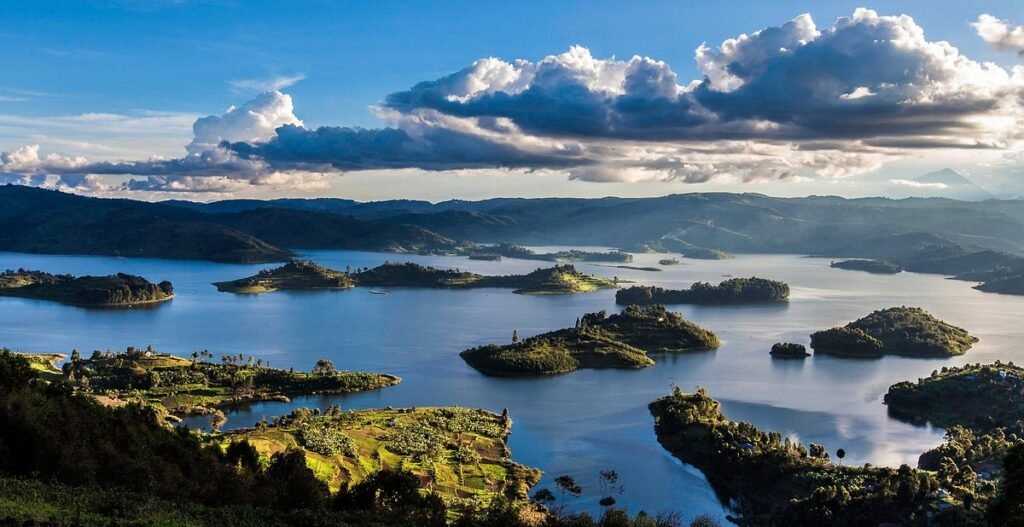
Why Timing Matters When Visiting Uganda
Choosing the best time to visit Uganda can make or break your trip. Weather affects road conditions, animal movement, and even the availability of trekking permits. Generally, Uganda has two dry seasons (June–August and December–February) and two rainy seasons (March–May and September–November).
During the dry seasons, wildlife is easier to spot, and roads are more accessible — perfect for game drives, boat cruises, and gorilla trekking.
Best Time to Visit Uganda for Safaris and Trekking
The dry seasons — June to August and December to February — are considered the best times to visit Uganda for safaris and trekking.
During these months:
- Trails in Bwindi Impenetrable Forest and Mgahinga Gorilla National Park are drier and easier to hike.
- Animals gather around waterholes in Queen Elizabeth, Murchison Falls, and Kidepo Valley National Parks, making wildlife viewing spectacular.
- Sunsets are clear, and photography is perfect.
If your dream is to see mountain gorillas, this is absolutely the best time to visit Uganda.
Uganda’s Climate Overview
Uganda’s tropical climate makes it a comfortable year-round destination. Temperatures typically range between 25–30°C (77–86°F), depending on the region and altitude.
Dry Seasons:
- December to February
- June to August
Rainy Seasons:
- March to May
- September to November
Even during the rainy seasons, showers often occur in short bursts, leaving time to explore afterward.
Month-by-Month Breakdown of the Best Time to Visit Uganda
December to February – Warm and Wonderful
This is the best time to visit Uganda for sun seekers and adventure lovers. Gorilla trekking conditions are excellent, and the scenery is lush yet manageable. Expect clear skies and great opportunities for wildlife photography.
March to May – Lush, Green, and Tranquil
Although it’s the rainy season, this period is perfect for travelers seeking fewer crowds and lower prices. The landscape bursts into vibrant greens — ideal for birdwatching and photography.
If you don’t mind a little rain, you’ll enjoy a quieter and more intimate experience.
June to August – Peak Safari Season
This is the prime time to experience Uganda’s national parks. Wildlife congregates around rivers and waterholes, making for thrilling game drives. Gorilla and chimpanzee trekking permits are in high demand — so book early!
September to November – Refreshing Rains Return
The rains return, especially in western Uganda. However, the vegetation flourishes, and the scenery is breathtaking. This is the best time to visit Uganda for bird lovers, as migratory species arrive.
Best Time to Visit Uganda for Gorilla Trekking
If your dream is to meet the mighty mountain gorillas, the best time to visit Uganda is during the dry months (June–August and December–February). The forest trails in Bwindi and Mgahinga are drier and less slippery, ensuring a comfortable trek.
Permits are limited — only eight people can visit each gorilla family per day — so booking months ahead is highly recommended.
Learn more about our Gorilla Trekking Tours in Uganda
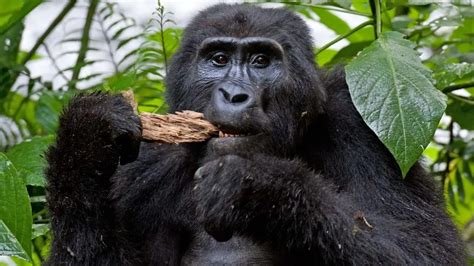
Best Time to Visit Uganda for Birdwatching
Uganda is home to more than 1,000 bird species, including the rare Shoebill Stork. While birding is great year-round, the peak birdwatching season runs from November to April, when migratory birds arrive from Europe and northern Africa.
Top birding spots include Mabamba Swamp, Queen Elizabeth National Park, and Semuliki National Park
Best Time to Visit Uganda for Cultural Experiences
For travelers interested in connecting with local communities, cultural experiences can be enjoyed year-round. Festivals, traditional music, and crafts are part of Uganda’s everyday life.
However, dry months make travel between villages easier — perfect for joining community-based tourism experiences like those organized by Amatsiko Tours, where visitors engage with local artisans, farmers, and school projects.
Explore Our Community-Based Tours
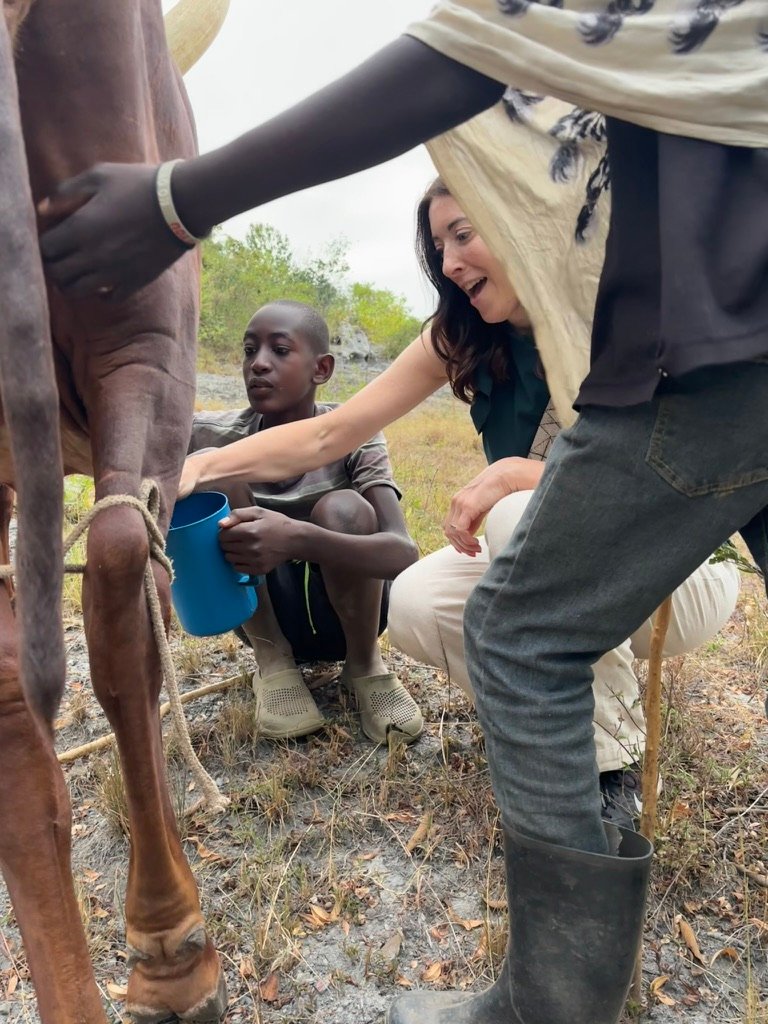
When Not to Visit Uganda
While Uganda is welcoming year-round, the heaviest rains (April and November) can make rural travel difficult. Some roads become muddy and slippery, especially in remote areas like Bwindi or Kibale.
However, for photography lovers, these months offer vibrant green scenery, misty forests, and dramatic skies — ideal for capturing Uganda’s natural beauty.
Quick Summary Table: Best Time to Visit Uganda by Activity
| Activity | Best Months | Notes |
|---|---|---|
| Gorilla Trekking | June–August, Dec–Feb | Drier trails, easier hiking |
| Wildlife Safaris | June–Aug, Dec–Feb | Animals gather at waterholes |
| Birdwatching | Nov–Apr | Migratory species present |
| Cultural Tours | Year-round | Easier access in dry season |
Top Tips for Planning Your Trip
- Book gorilla permits early: Only a limited number are issued daily.
- Pack layers: Evenings can be cool in the highlands.
- Use local guides: Their insights make your experience richer and safer.
- Travel responsibly: Support local communities and conservation efforts.
Conclusion: The Best Time to Visit Uganda Is When You’re Ready
Ultimately, the best time to visit Uganda depends on what you hope to experience — whether it’s wildlife, culture, or breathtaking scenery. The dry seasons are perfect for safaris and trekking, while the rainy months offer lush landscapes and solitude.
Whenever you come, Uganda’s beauty, people, and wildlife will welcome you with open arms.
Plan Your Trip with Amatsiko Tours
At Amatsiko Tours, we create authentic, community-based travel experiences that combine adventure, culture, and conservation. Our safaris directly support local schools and community projects, helping you travel with purpose.
Start planning your journey today at www.amatsikotours.com.

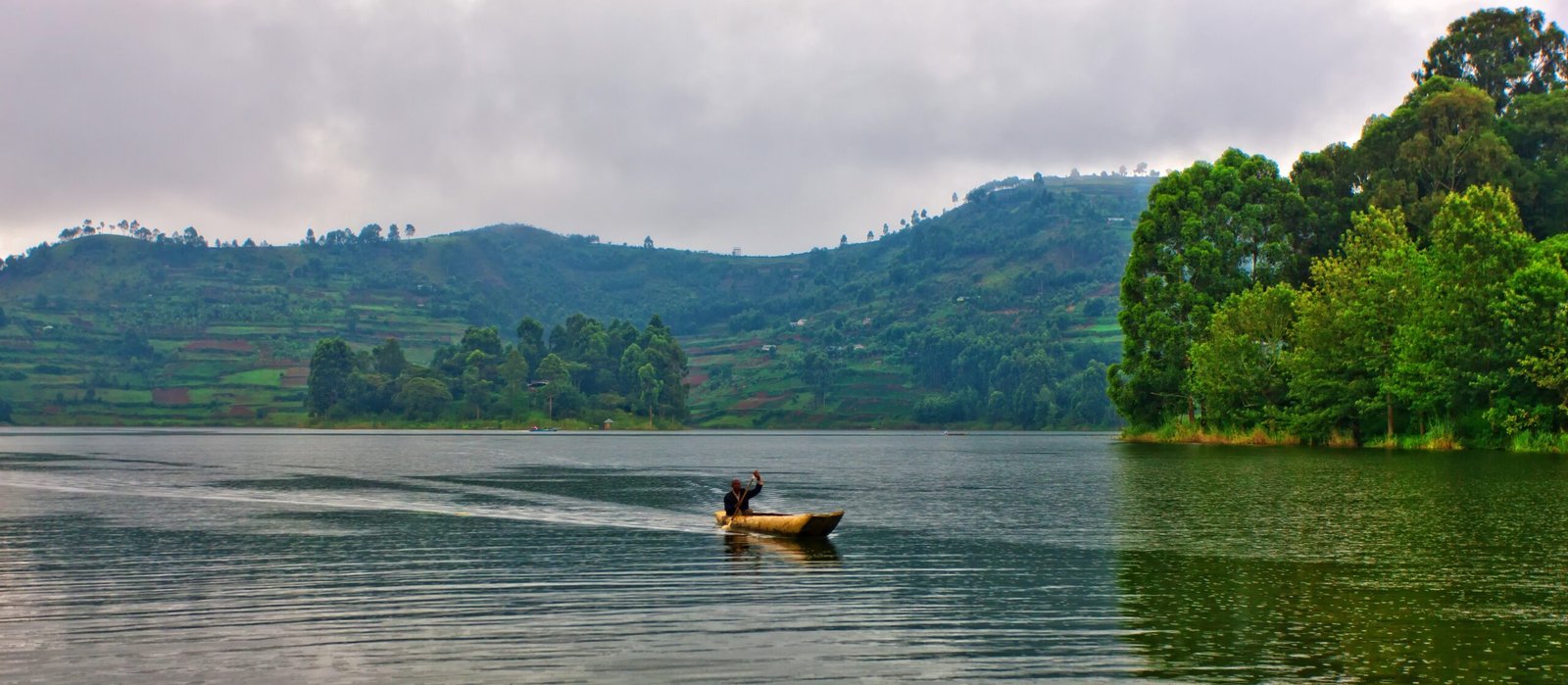
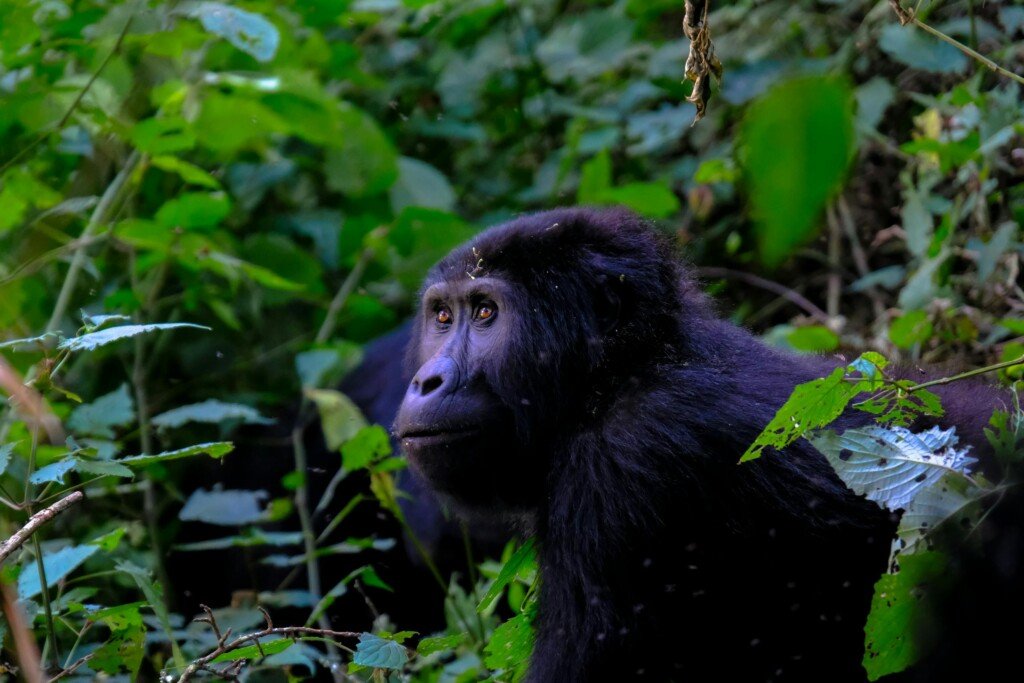
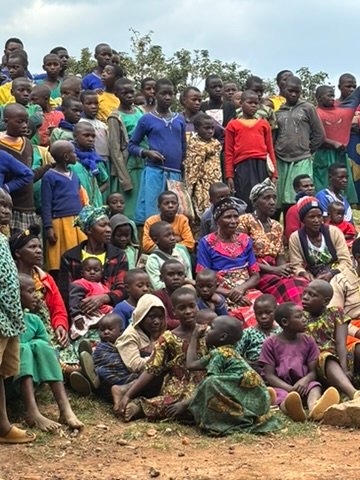
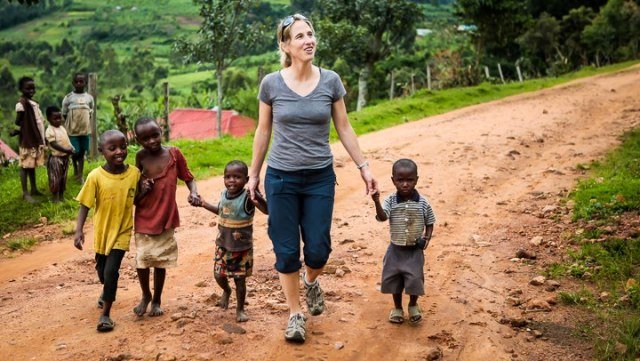
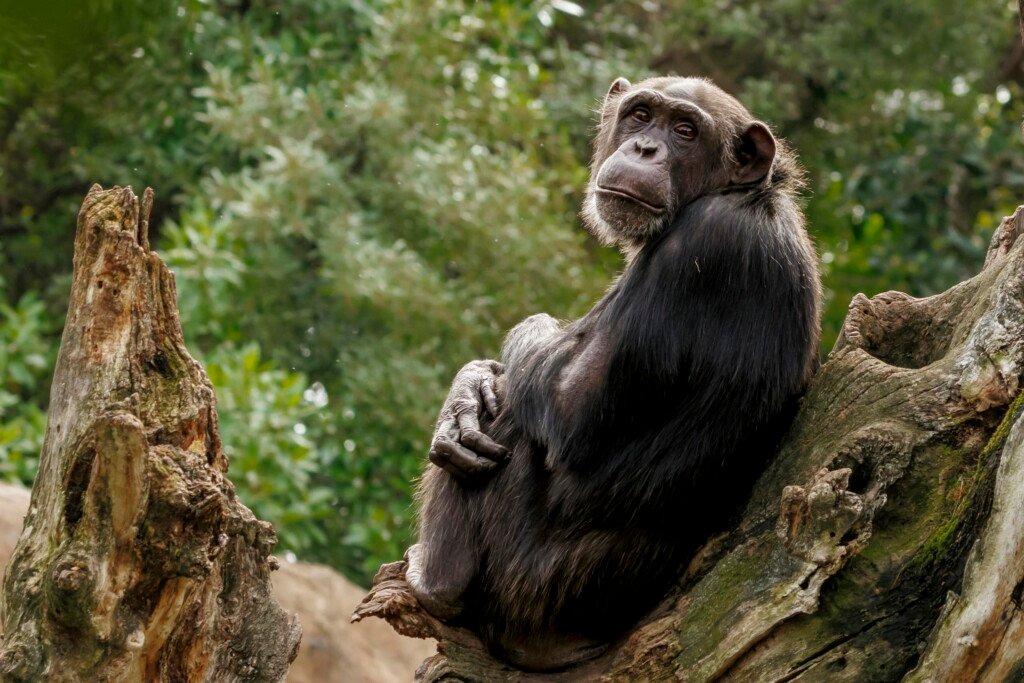

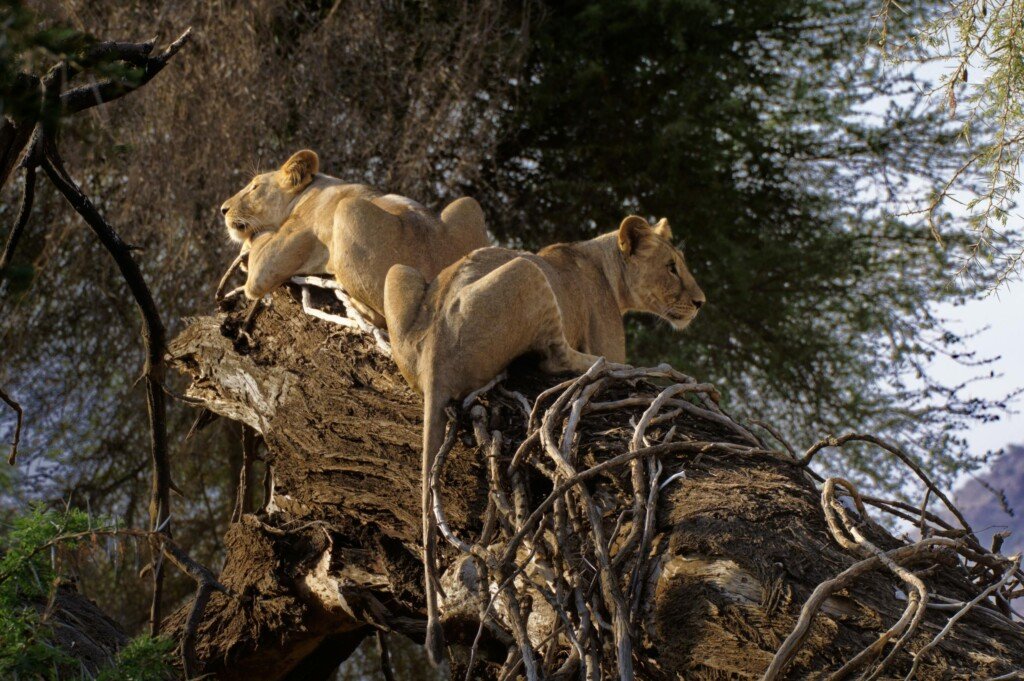

One Comment